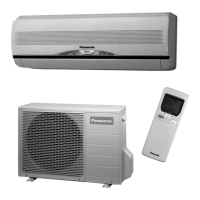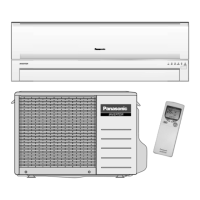What to do if my Panasonic CU-V9PWA doesn't receive the signal from the remote control?
- NNichole OwensAug 8, 2025
If your Panasonic Air Conditioner unit isn't responding to the remote control, ensure that nothing is blocking the receiver. Also, be aware that certain fluorescent lights can interfere with the signal transmission.



